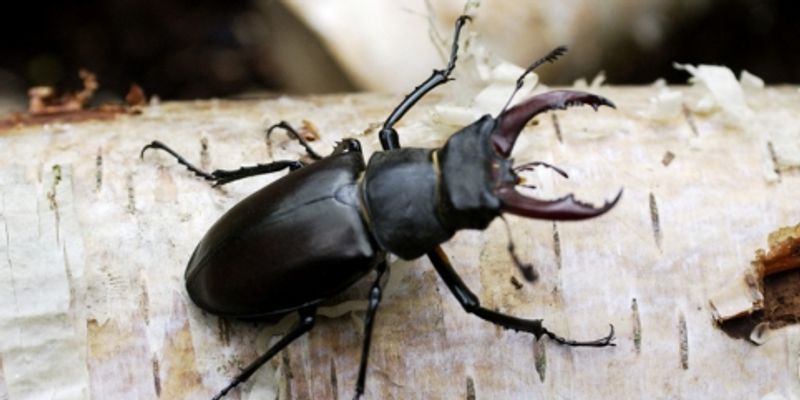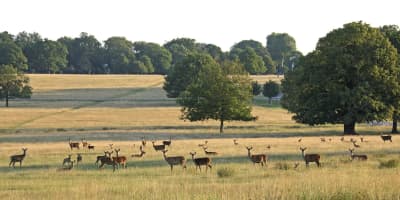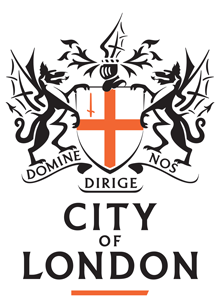Celebrate, it's stag beetle season!
From early May through to July, you may well find yourself sharing your local park with clumsy flying sofas that are in fact male stag beetles. The largestof all the UK's beetles, stag's can grow up to 8cm long, that's wider than your average smartphone!
First you'll hear a whirr with a faint clatterring, then you'll see it moving clumsily though the air, mostly on warm evenings, a couple of hours before dusk. They are not good fliers, so do look out for them crawling across paths and try not to step on them, they are a globally threatened species with London being one of their few hotspots.
Their ferocious looking jaws may appear scary, and they can pinch, but not painfully. Those antlers are used by the males for wrestling with each other as they show-off to win a mate.
This is the only time of their life cycle when they (both males and females) are really visible, so it's hugely important for organisations like London Wildlife Trust, who try to record sightings of them every year. If you do come across one of these amazing specimens, try to get a photo, make a note of where you are and then leave it alone to go about it's business. Then record the information on LWT's dedicated stag beetle webpage.
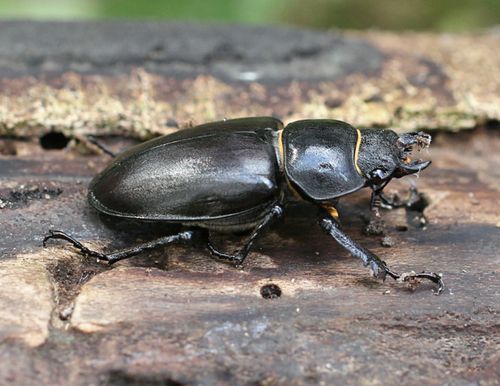
Stag beetles have been recorded in most London boroughs, but are much more commonly seen in south and west London, from Bexley, Lewisham and Southwark to Wimbledon, Richmond and Uxbridge.
With so many Londoners spending more time at home due to the coronavirus, the chances of seeing one are high.
Three sites – Epping Forest, Richmond Park, and Wimbledon & Putney Commons – are designated European Special Areas for Conservation, partly for stag beetles.
LWT is also keen to hear of sightings of lesser stag beetles, which look very similar to female stag beetles.
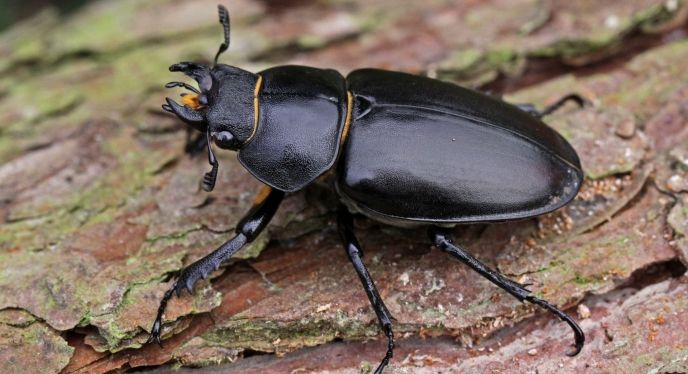
For more information on stag beetles, their lifcycles, building log-piles to support them and a little of their history (why were they called stormbringers?), download LWT's factsheet.
